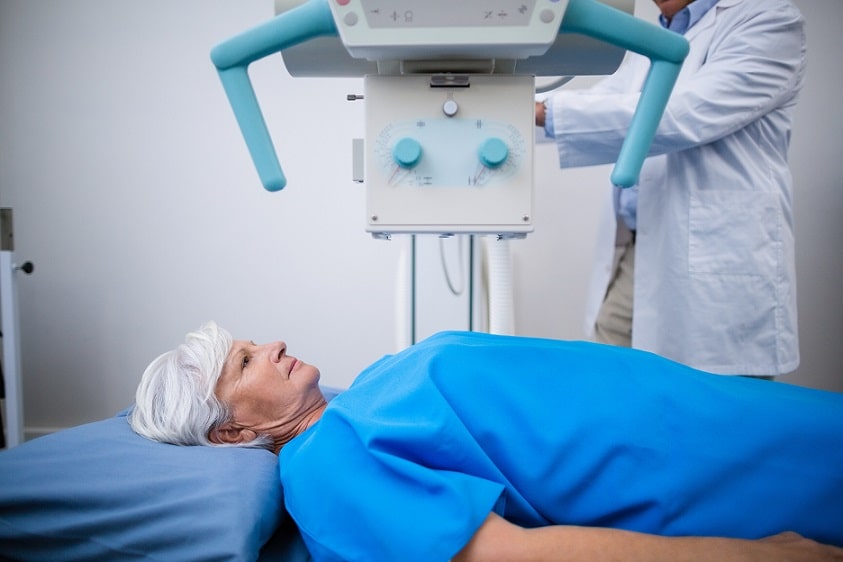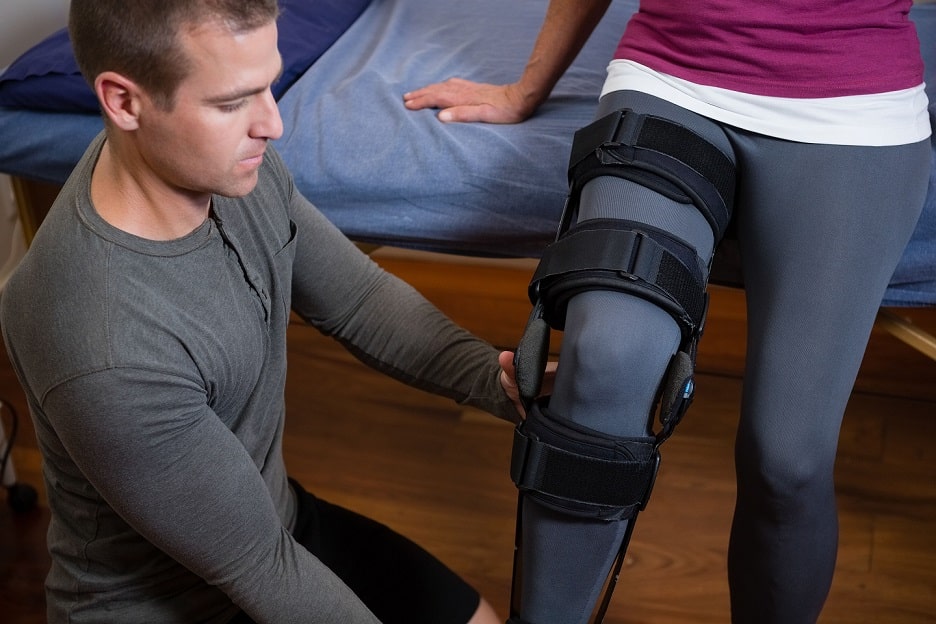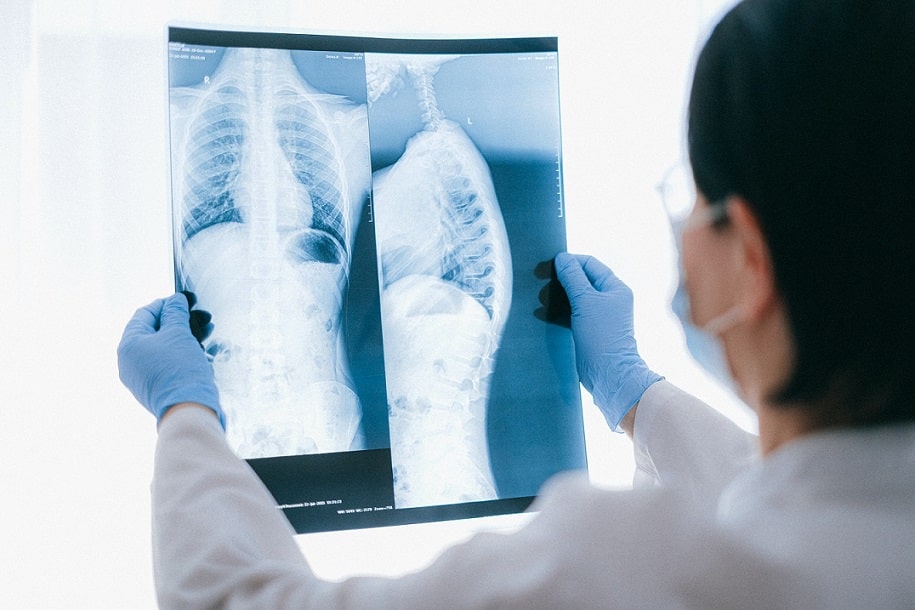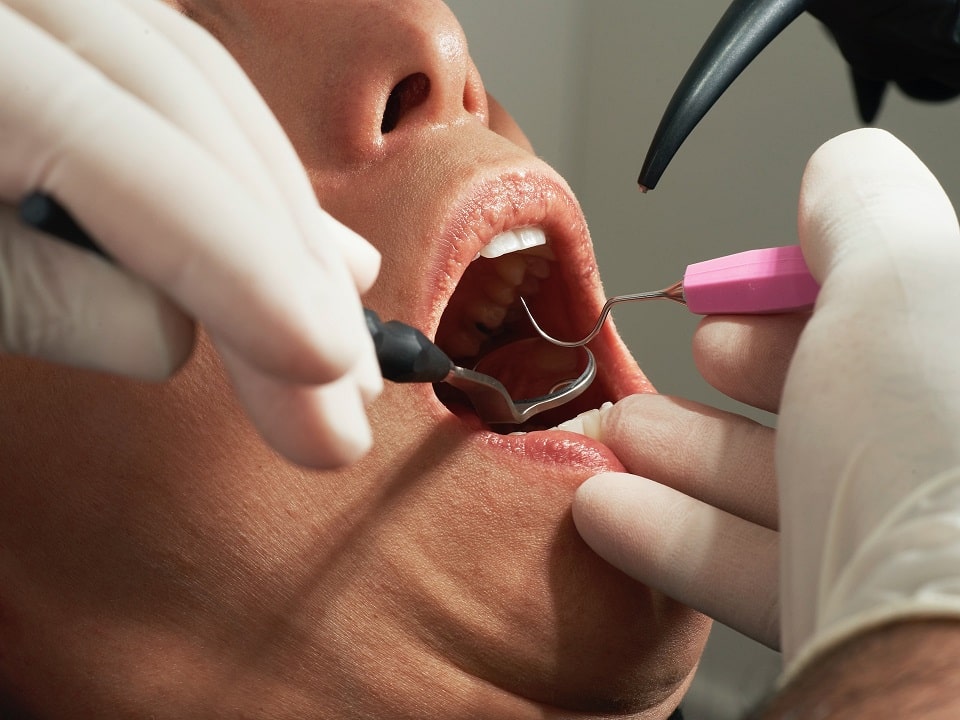 Lifting injuries are such common place at work that they are covered by there very own Regulations. These are called, The Lifting Operations and Lifting Equipment Regulations 1998 – better known as ‘LOLER’. First of all, let me explain what is meant by the term ‘lifting equipment’?
Lifting injuries are such common place at work that they are covered by there very own Regulations. These are called, The Lifting Operations and Lifting Equipment Regulations 1998 – better known as ‘LOLER’. First of all, let me explain what is meant by the term ‘lifting equipment’?
LOLER defines the term as meaning ‘work equipment for lifting or lowering loads and includes its attachments used for anchoring, fixing or supporting it’.
What Regulations does LOLER impose on my Employer?
The above Regulations stipulate that ‘lifting equipment’ must be:
- Of adequate strength and stability – particular regard must be paid to the stress induced at its mounting or fixing point – every part of the load MUST be of adequate strength.
- Marked to indicate safe working loads and other aspects of safe use – accessories for lifting should also be marked to identify the characteristics necessary for their safe use. If lifting equipment is designed for the purpose of lifting persons it should be clearly marked to show this and the same goes for any equipment which is not designed for lifting persons; it should be clearly marked to state this.
- Positioned and installed to minimise any risks – these risks may include; the possibility of the lifting equipment or its load striking a person or the load falling and causing injury to another person. All lifting equipment should be positioned or installed in a ‘safe’ position – this is a strict duty on your Employer and if the positioning causes/contributes to an alternate risk, they will be liable for this also.
- Used safely – this means that EVERY lifting operation should be planned properly by a competent person, appropriately supervised and carried out in a safe manner.
- Subject to ongoing and thorough examination and where appropriate; inspected by competent people – records should also be kept. However, you – the Employee, should ensure that any defects are reported to your Employer. Your Employer should then place restrictions on the use of the equipment until the defect has been rectified.
In conclusion, your Employer should ensure that all lifting equipment is strong, clearly marked, positioned so as to avoid any risk and regularly inspected. You, on the other hand, need to make sure that you use the equipment safely and in accordance with any training that has been provided.
If your Employer is in breach of any of the stipulated LOLER Regulations and you sustain an injury as a result of the Employers breach then you should be able to claim compensation for any injury or financial losses sustained as a consequence of there failure to comply with the Regulations.

 Lifting injuries are such common place at work that they are covered by there very own Regulations. These are called, The Lifting Operations and Lifting Equipment Regulations 1998 – better known as ‘LOLER’. First of all, let me explain what is meant by the term ‘lifting equipment’?
Lifting injuries are such common place at work that they are covered by there very own Regulations. These are called, The Lifting Operations and Lifting Equipment Regulations 1998 – better known as ‘LOLER’. First of all, let me explain what is meant by the term ‘lifting equipment’?









